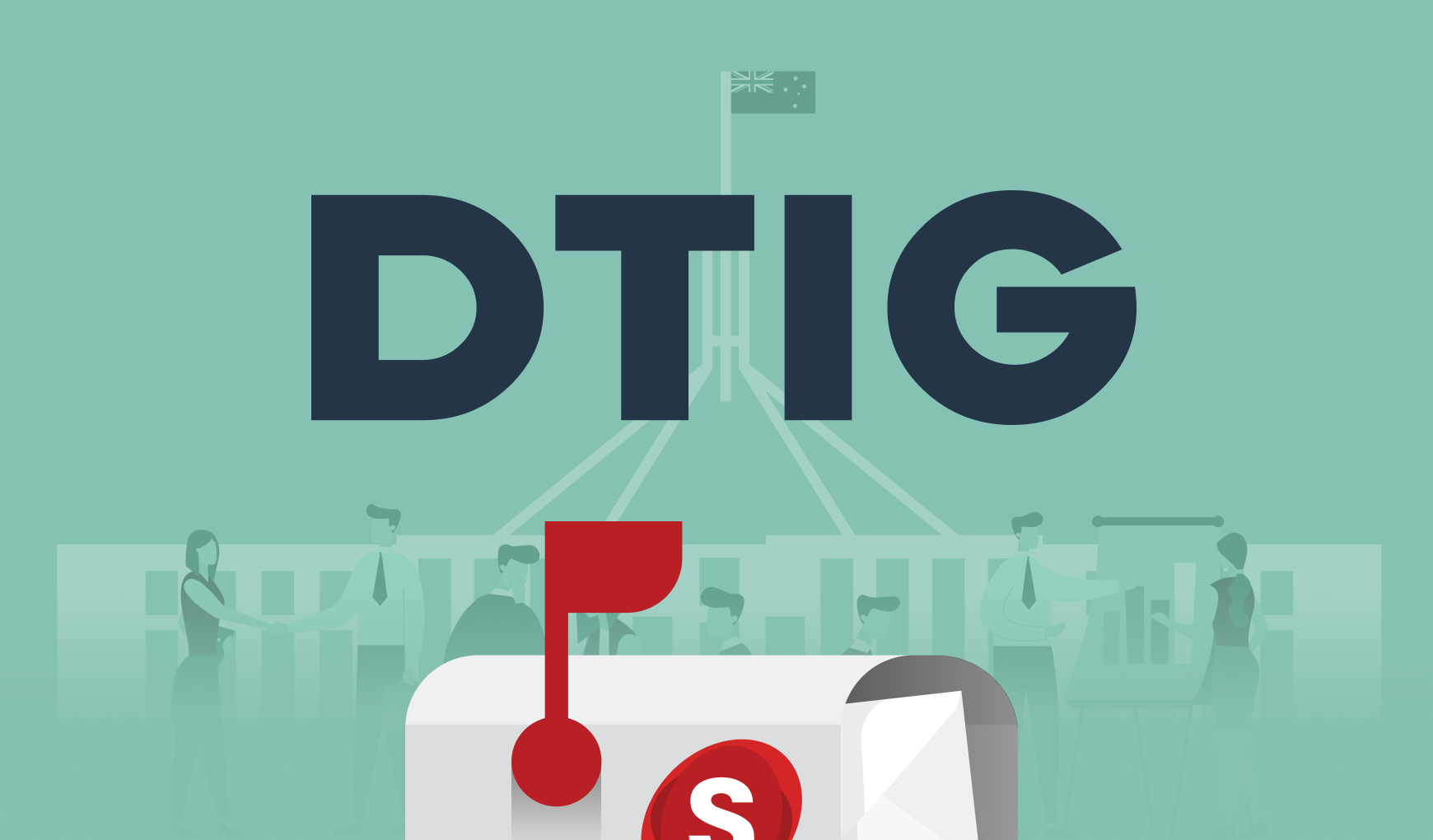The DoT
Leading up to Government Service Design , Government News published a case on Western Australia’s DoT’s service design and digital makeover. We think it’s a great example of a user-centric approach and using technology to transform processes in government.
The case study is from Steve Mitchinson, A/ Driver and Vehicle Services General Manager at the DoT of WA and is a prelude to his presentation at Government Service Design in July.
Driving forces
The case study sets the scene by looking at two of the major driving forces behind the service redesign:
Uber entering the market meant 4500 people needed their driver's license conditions changed. The Department needed a new way to do this so applications could be turned around in 24 hours instead of the usual seven days.
DoT wanted to move more customers to its digital channel ( ).
Digital strategy
The digital strategy focused on how customers wanted to interact with the DoT and how to deliver operational efficiencies. Some of the changes include:
Simple online registration system for DoTDirect — with the new system in place, DoT now has 10,000 people signing up online per month to make payments.
Service integration — now, if someone has a driver's license but also a taxi or boat license, for example, they only have one online point of contact.
Medical assessments — when doctors need to assess if someone is fit to drive, they now use a digitised assessment instead of the old paperwork system.
Using tablets for the ‘written’ driving test — WA is the first jurisdiction in Australia to deliver its test on a tablet.
Using data
The DoT is now also making the most of the data it collects. For example, they’ve used data to change processes (fact-based design) and continue to use data to rotate staff — placing staff where they know (from analysing data) demand will be greatest.
Staff leading the way
DoT also created a new licencing centre, designed by staff not management. “There are no members of management on the design committee, because the staff are the ones who understand how customers want to interact with them and therefore how the services should flow.” said Steve Mitchinson.
They also implemented real-time feedback in contact centres so when a person is leaving, DoT can capture their feedback.
Results
DoT has seen some tangible results from these changes, including:
Wait time in business centres have halved
The number of calls answered in 60 seconds has quadrupled (without increasing their workforce)
Complaints have dropped
Compliments have increased
Salsa Digital’s take
We love coming across case studies like this. It’s great to see government creating solid digital solutions and transforming not only the way they interact with citizens but their internal processes as well.

